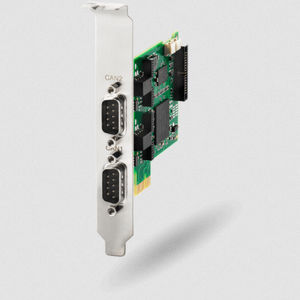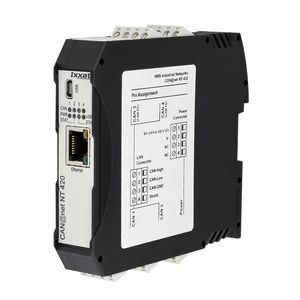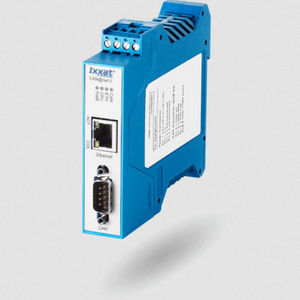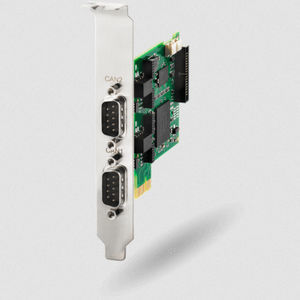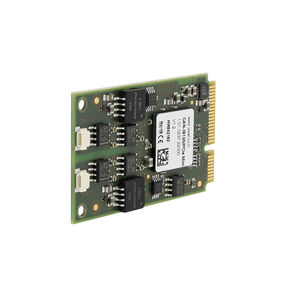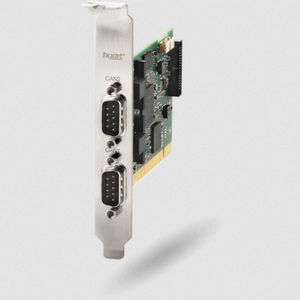
- Robotics - Automation - Industrial IT
- Automation
- LIN converter
- IXXAT Automation
USB converter 1.01.035 seriesLINCANindustrial
Add to favorites
Compare this product
Characteristics
- Bus
- USB, LIN, CAN
- Other characteristics
- industrial, compact, galvanic, high-speed, embedded
Description
The USB-to-CAN FD has – depending on the device variant – up to two channels, which support three switchable operation modes: ISO CAN FD, non ISO CAN FD and CAN High-Speed. The automotive variant provides also one LIN channel.
Features and benefits
CAN, CAN FD and LIN in one device
Cost-effective and extremely versatile
Common driver interface for easy exchange of the PC interface type
For industrial and automotive applications
Galvanic isolation
Variants
The USB-to-CAN FD is available in different variants – compact, automotive and embedded. The compact variant has one switchable CAN / CAN FD channel with a D-SUB 9 plug. The automotive variant has two switchable CAN / CAN FD channels with RJ45 connectors. Adapter cables to D-SUB 9 plugs are included in the scope of delivery. The USB-to-CAN FD embedded is designed without a housing, it comes with a slot bracket and a USB cable for installation into a computer.
High performance
By using powerful hardware and connecting over USB 2.0 Hi-Speed (480 MBit/sec), the USB-to-CAN FD interfaces achieve very high data throughput with minimum latency and low power consumption. This allows them to provide the reliable, loss-free transmission and receipt of messages in CAN FD and CAN networks at high transmission rates and bus load. The messages are also timestamped and can be filtered and buffered directly in the USB-to-CAN FD.
Due to its extremely interesting price and compact size, the USB-to-CAN FD interface is ideal for use in series products and in combination with the canAnalyser for development, service, and maintenance tasks.
Catalogs
No catalogs are available for this product.
See all of IXXAT Automation‘s catalogsRelated Searches
- Digital master module
- I O module
- Digital I O module
- Fieldbus I O module
- Communication gateway
- FOUNDATION Fieldbus gateway
- Industrial gateway
- Ethernet gateway
- Compact master module
- Communication interface card
- Communication module
- Compact converter
- Ethernet I O module
- Industrial interface board
- Configurable I O module
- Industrial converter
- EtherCAT master module
- Compact I O module
- Safety master module
- USB gateway
*Prices are pre-tax. They exclude delivery charges and customs duties and do not include additional charges for installation or activation options. Prices are indicative only and may vary by country, with changes to the cost of raw materials and exchange rates.





